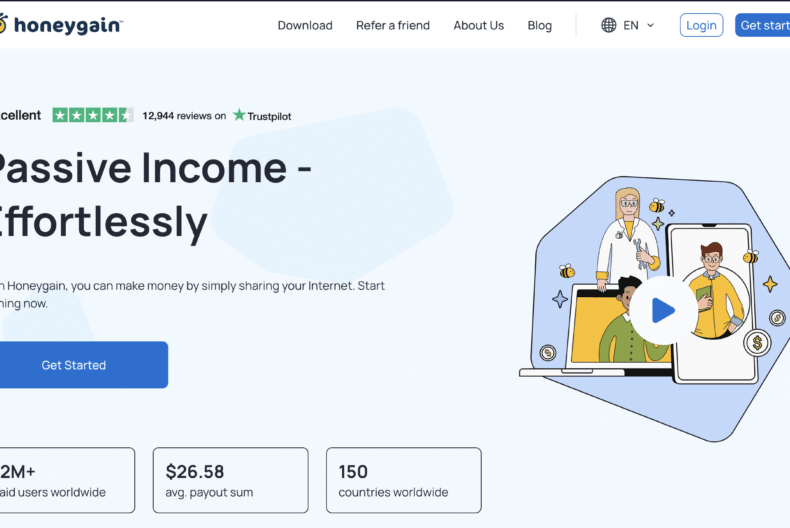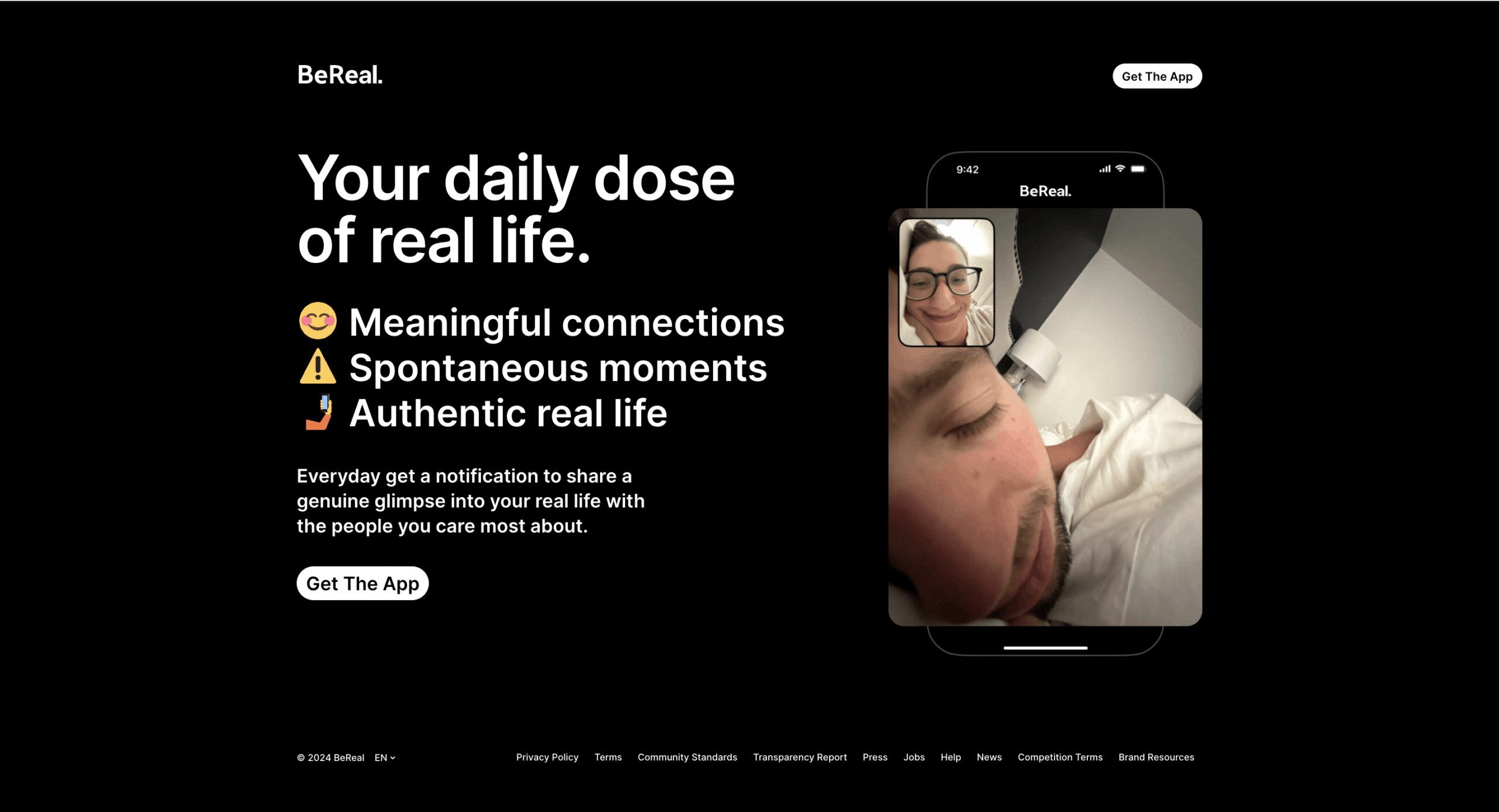Dominate Custom Post Types and Taxonomies
By Sean Lang

Are you ready to take your WordPress skills to the next level? As a freelance WordPress developer, mastering custom post types and taxonomies is essential for creating dynamic and customisable websites. In this post, we’ll dive deep into these advanced WordPress features and show you how to harness their full potential to supercharge your projects.
What are Custom Post Types and Taxonomies?
Before we delve into the nitty-gritty details, let’s clarify what custom post types and taxonomies are. In WordPress, post types are the various content types that you can create and manage, such as posts and pages. However, custom post types allow you to define your own content types, making it possible to organise and display different types of content in unique ways.
On the other hand, taxonomies are a way of grouping and organising content within custom post types. They enable you to classify content into categories or tags, providing a hierarchical structure that enhances navigation and user experience.
Why Mastering Custom Post Types and Taxonomies Matters
Understanding custom post types and taxonomies opens up a world of possibilities for WordPress developers. Instead of being limited to traditional post and page formats, you can create custom content types tailored to your specific needs. Whether you’re building a portfolio website, an e-commerce store, or a membership site, custom post types and taxonomies allow you to structure and display content in a way that aligns with your project requirements.
How to Master Custom Post Types and Taxonomies
Now that you understand the importance of custom post types and taxonomies, let’s explore some expert tips for mastering these powerful WordPress features:
- Plan Your Content Structure: Before creating custom post types and taxonomies, take the time to plan out your content structure. Consider the different types of content you’ll be managing and how they relate to each other. This will help you design a coherent and user-friendly content architecture.
- Use the Right Tools: WordPress offers several plugins and tools that make it easy to create and manage custom post types and taxonomies. Popular options include Custom Post Type UI and Advanced Custom Fields, which provide intuitive interfaces for defining custom content types and fields.
- Optimise for Performance: When designing custom post types and taxonomies, keep performance in mind. Avoid creating too many unnecessary post types or taxonomies, as this can impact your site’s performance and scalability. Instead, focus on creating a lean and efficient content structure that meets your needs without overloading your server.
- Implement Advanced Features: Once you’ve mastered the basics, consider implementing advanced features like custom meta boxes, custom queries, and custom templates. These features allow you to further customize the display and functionality of your custom post types, giving you complete control over how your content is presented to users.
- Stay Updated: WordPress is constantly evolving, with new features and best practices emerging regularly. Stay updated with the latest developments in custom post types and taxonomies to ensure that you’re leveraging the full power of WordPress for your projects.
Take Your WordPress Skills to the Next Level
Ready to unleash the full potential of custom post types and taxonomies in WordPress? With these expert tips, you’ll be well on your way to mastering these powerful features and building dynamic and customisable websites that impress clients and users alike.
For more WordPress tips and tricks, be sure to check out my blog for insightful articles on web development, WordPress, and more. And if you’re looking for expert WordPress development services, don’t hesitate to contact Sean Lang today!
Let’s elevate your WordPress game together!





